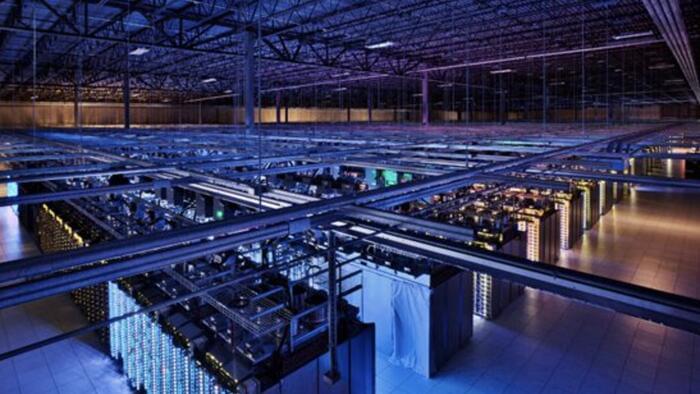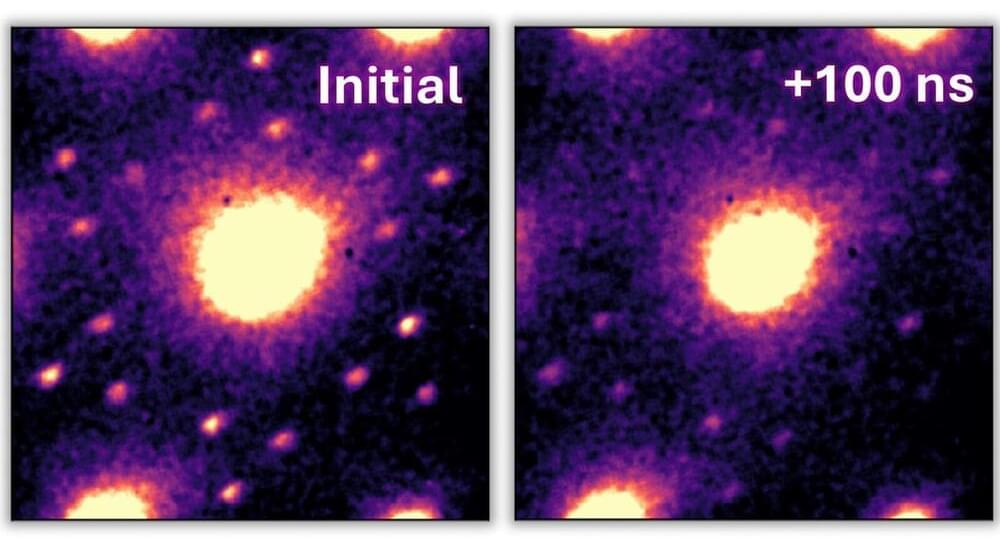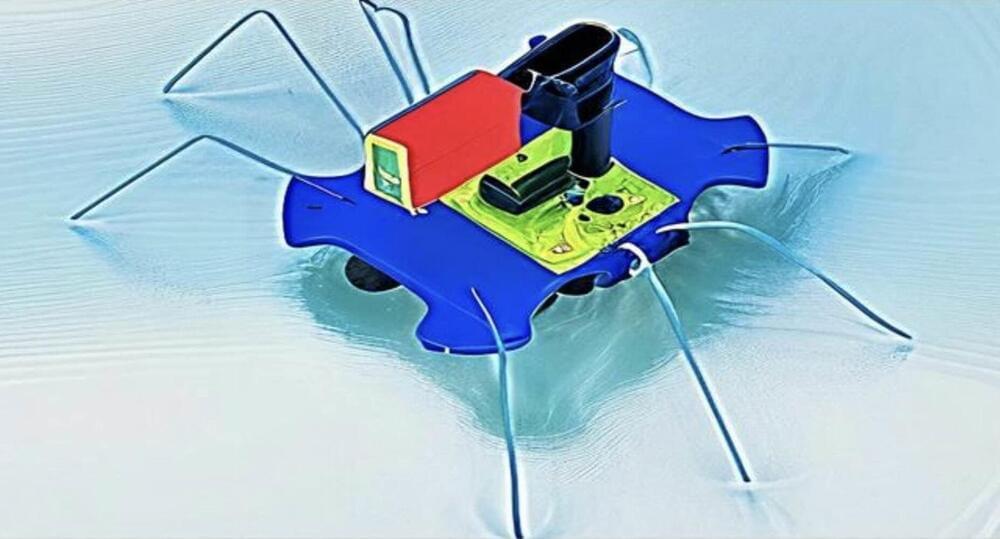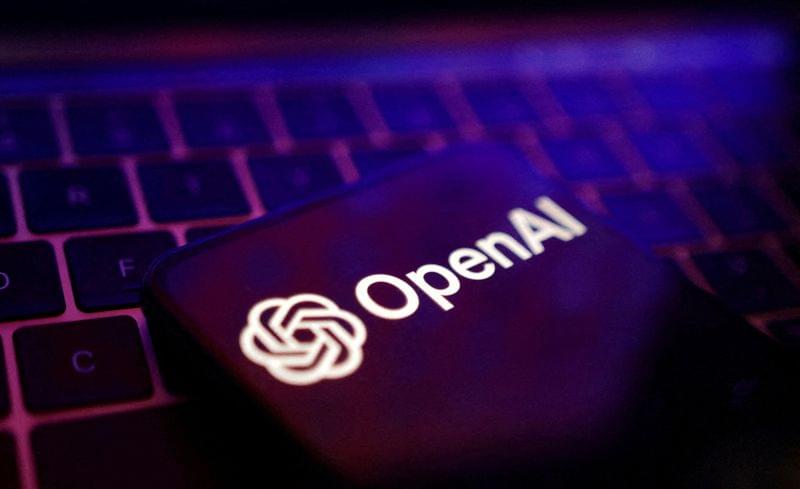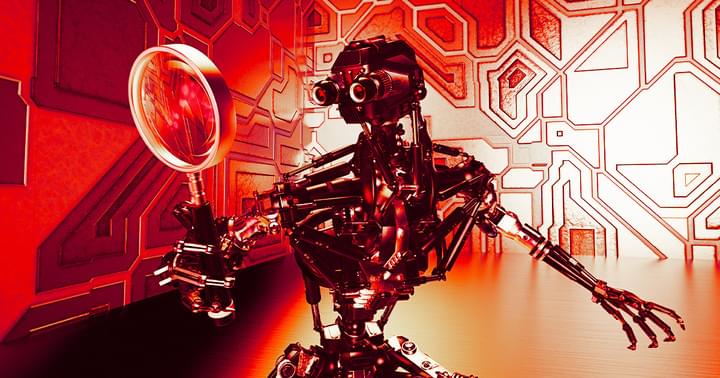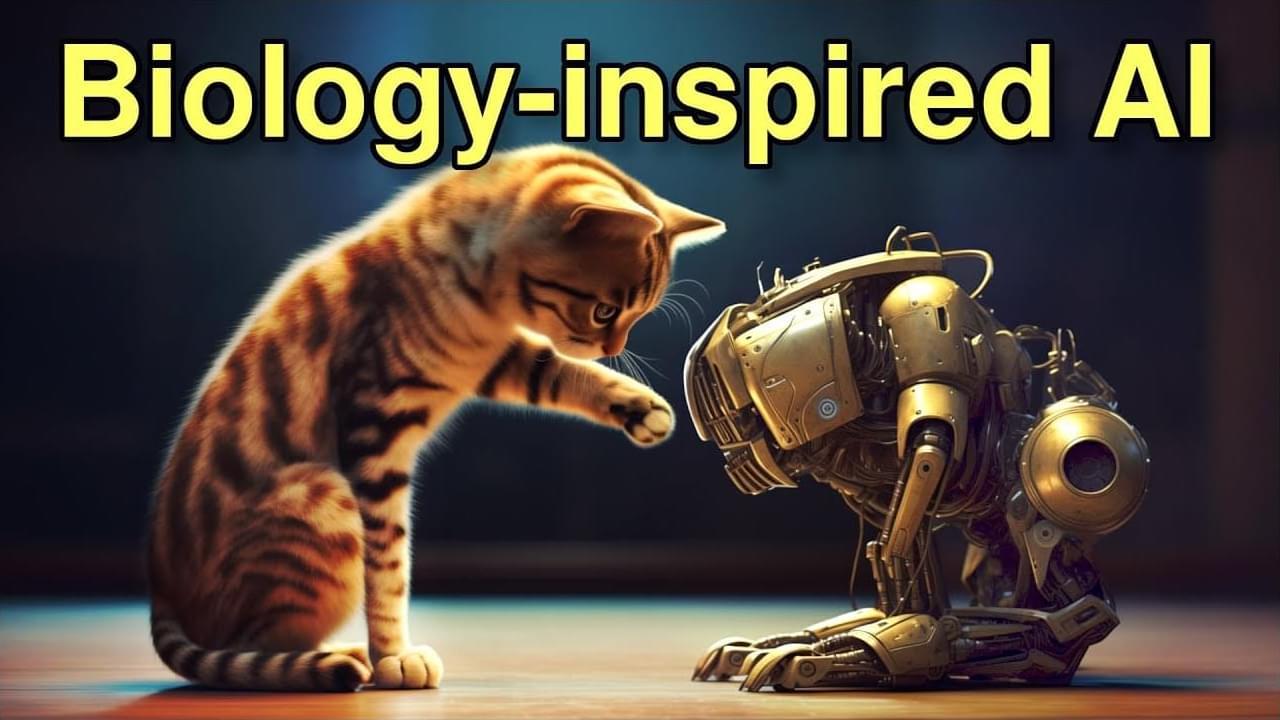Aug 6, 2024
“Chip Wars” Will Soon Be “Data Center Wars”, As Our “Next AI Trade” Develops
Posted by Robert Bosnjak in categories: nuclear energy, robotics/AI, supercomputing
As we have alluded to numerous times when talking about the next “AI” trade, data centers will be the “factories of the future” when it comes to the age of AI.
That’s the contention of Chris Miller, the author of Chip War, who penned a recent opinion column for Financial Times noting that ‘chip wars’ could very soon become ‘cloud wars’
He points out that the strategic use of high-powered computing dates back to the Cold War when the US allowed the USSR limited access to supercomputers for weather forecasting, not nuclear simulations.
